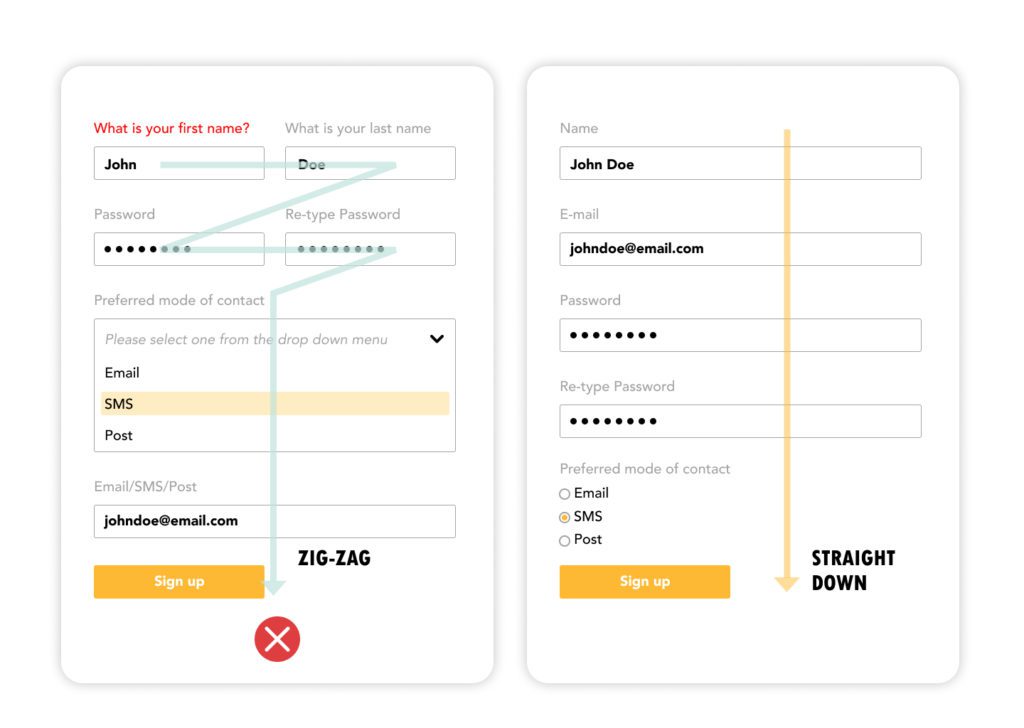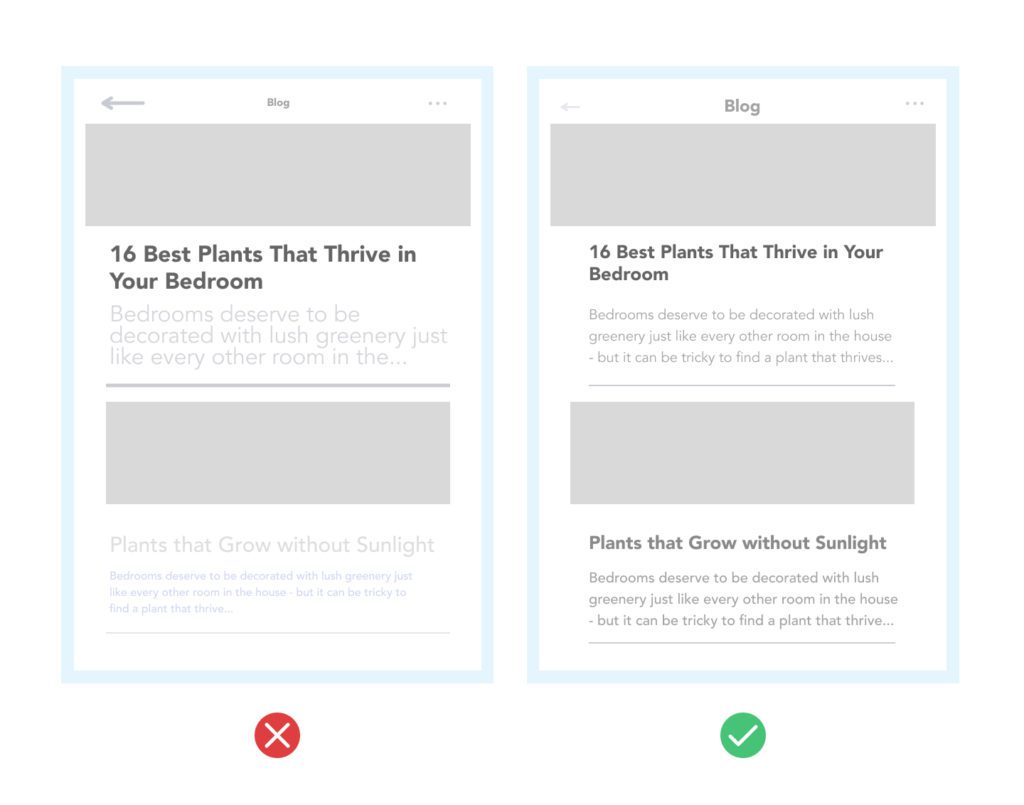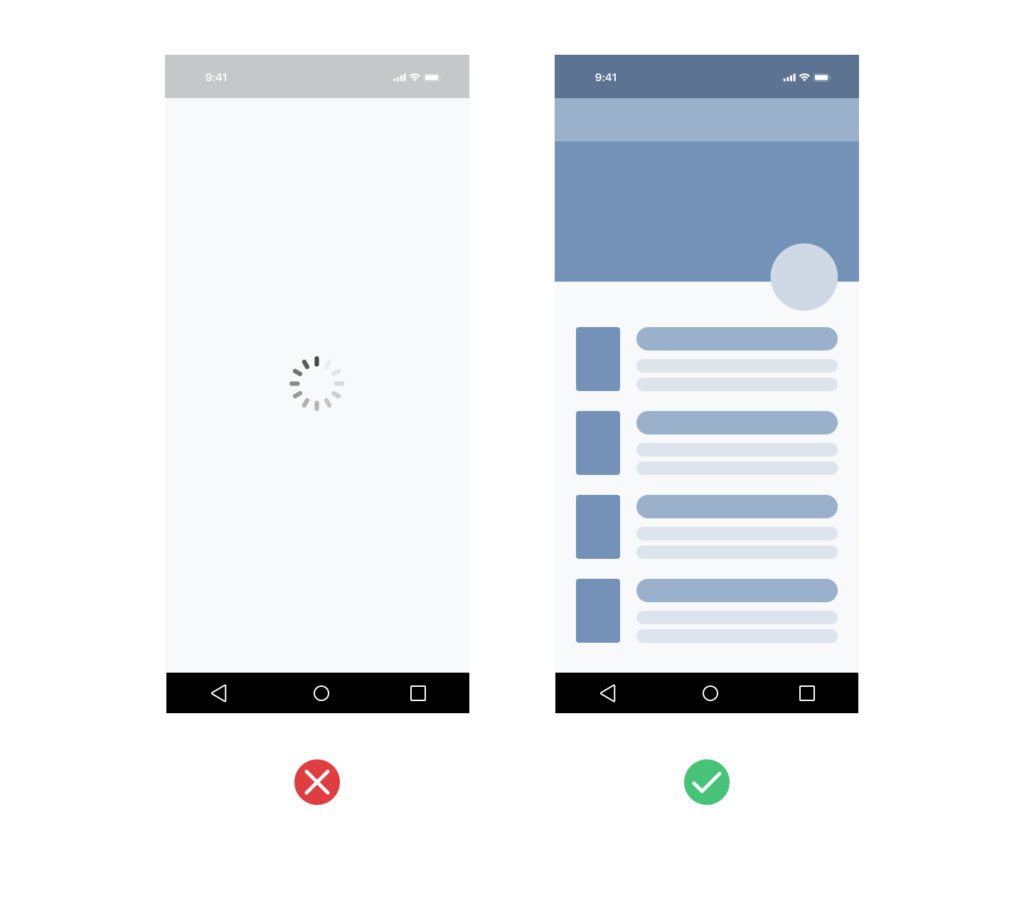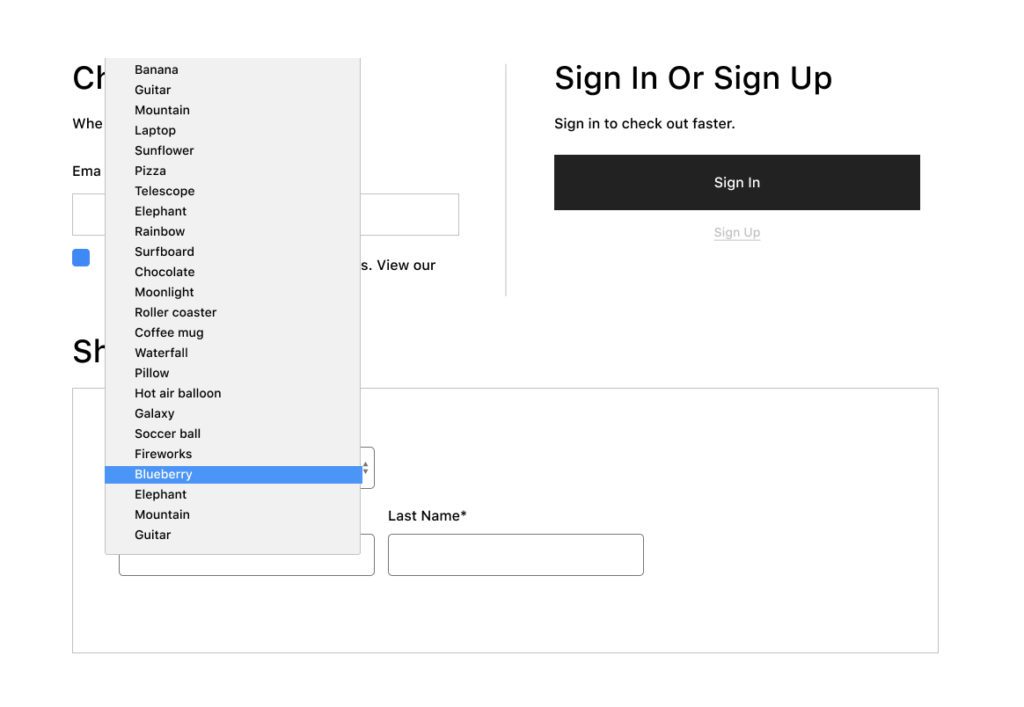Creating authentic communications through channels that matter
User Experience (UX) and User Interface (UI) design are critical elements in the success of any digital product or service. UX design refers to the overall experience a user has when interacting with a product or service, while UI design specifically deals with the visual and interactive elements of that experience. The combination of both UX and UI design can have a significant impact on a user’s overall satisfaction, engagement and retention when interacting with your brand online.
In today’s digital world, where competition is fierce, it’s more than just making your brand look “pretty.” It’s about creating an interface that is intuitive, easy to use and makes the user want to come back. If the UI design is poor, users are likely to leave the website quickly, resulting in lost opportunities and revenue for businesses.
So how do you translate this into positive ways you can improve your brand’s online presence? Well, we’re here to chat about some of the common mistakes we see, how to resolve them, and the best practices in UX/UI design that will help you improve your user engagement and drive results towards your bottom line.
Mistakes We Often See
And How to Correct Them
1. Complicated Form Fills
Long, unintuitive form fills can create a significant barrier to user registration. and zig-zig forms can make it challenging for a user to follow the flow of the process. This may result in frustrated users abandoning the registration process altogether, and you losing out on a valuable customer.
To simplify the registration process, businesses can use clear labels and instructions, prepopulated fields, and only ask for essential information. By doing so, the design of the registration form can be made intuitive, visually appealing and easy to use. A simplified registration process makes for a better user experience, increased user engagement, and ultimately, higher conversion rates.


2. Lack of Readability
When the text is hard to read, it can make it difficult for users to refer to and find the information they need. Poor typography, small font sizes or low contrast between the text and background can all contribute to readability. When not done right, it can cause frustration and strain, making for a negative user experience.
Readability can be improved on any website with the use of font selections, sizing, contrast and headlines. By prioritizing these features, you can improve the user experience and increase engagement on your website.


3. Misuse of Icons
The use of icons can be a great asset for visual cues on your website—but only when they’re used correctly and intentionally. Ambiguous icons can create confusion and make it difficult for users to navigate and understand the functionality of the website.
To address this issue, you should aim to use familiar, consistent and intuitive icons that users will recognize and understand easily. By doing so, you can create a more user-friendly platform for your audiences.
4. Lazy Loading
When a website takes too long to load, it can lead to a frustrated and disengaged user. One solution to this issue is the implementation of lazy loading, which is a technique used to improve the speed of a website by only loading content when it is needed.
By prioritizing UX/UI design when implementing lazy loading, you can improve the user experience by making the website feel faster and more responsive while ensuring that the overall user experience is not negatively impacted.


5. Deceiving Ads
When it comes to ads, poor UX/UI design can disrupt and deceive a user’s experience. It’s important to prioritize transparency and a user-centric design to ensure a positive user experience and maintain their trust.
Best practice is to ensure your ads do not disrupt the natural flow of content and provide descriptive language and CTAs that help the viewer understand what they are clicking on.


6. Overwhelming Decision-Making
Creating an excessively long selection list is a detrimental practice in UX/UI design as it overwhelms users, leading to frustration, reduced efficiency and potential decision paralysis. When confronted with an extensive list of choices, users may struggle to find the option they need, resulting in a poor user experience.
There are many ways to mitigate this issue, including categorizing options to streamline the list, displaying the most commonly used choices prominently while offering less common ones through expandable menus or filters, or employing auto-suggestions, search functionality or predictive input to assist users in quickly finding their desired option. Striking a balance between offering comprehensive choices and maintaining simplicity is key to creating a user-friendly selection list.


Where UX/UI Best Practice is Incorporated, Results Will Follow
The essence of UX/UI is to create an optimal user experience by designing interfaces that are intuitive, easy to use and visually appealing. While UX/UI is a field of design, it goes beyond aesthetics. UX/UI designers focus on deeply understanding the user—their needs, how they interact with a website, how easily they can reach what they need—and using that knowledge to create interfaces that are both functional and enjoyable to use.
Benefits of UX/UI
1. Amp Up Your Conversion Rate
One factor that influences a customer’s decision to convert is the emotions they express during the website experience. You have mere moments to make a good impression on your site visitors, so you need to have an updated, modern interface. When you provide a good experience, you enhance your changes of customers taking the next action—leading to more conversions.
2. Raise Your Google Rankings
Google is updating more and more algorithms to improve customer experience and with UX/UI-optimized websites, Google will implicitly understand the content of these websites and point interested users to it. This opens many opportunities for your website to rank higher and reach new customers.
3. Build Confidence in Your Business
The more complex the market, the more demanding customers become—and gaining their trust is extremely valuable. When your website seems outdated, complicated to navigate and has unintuitive action-items, red flags start waving in their minds and you lose a prime opportunity for decision-making. When building and maintaining a website, UX/UI can help you hone in on those details to make your brand and its reputation shine.
4. Keep Your Customers Coming Back
Creating a positive, long-lasting first impression can increase your customer return rate by 85%. Is that a number you’re willing to risk? We’d sure hope not! And not only will that trust keep them coming back for their original needs, but they’ll begin looking to you for more product and service solutions!
So, You Ready to Step Up Your UX/UI?
Reach out to our web experts and let’s get talking on how we can improve your online presence to increase user engagement and drive results towards your bottom line.
